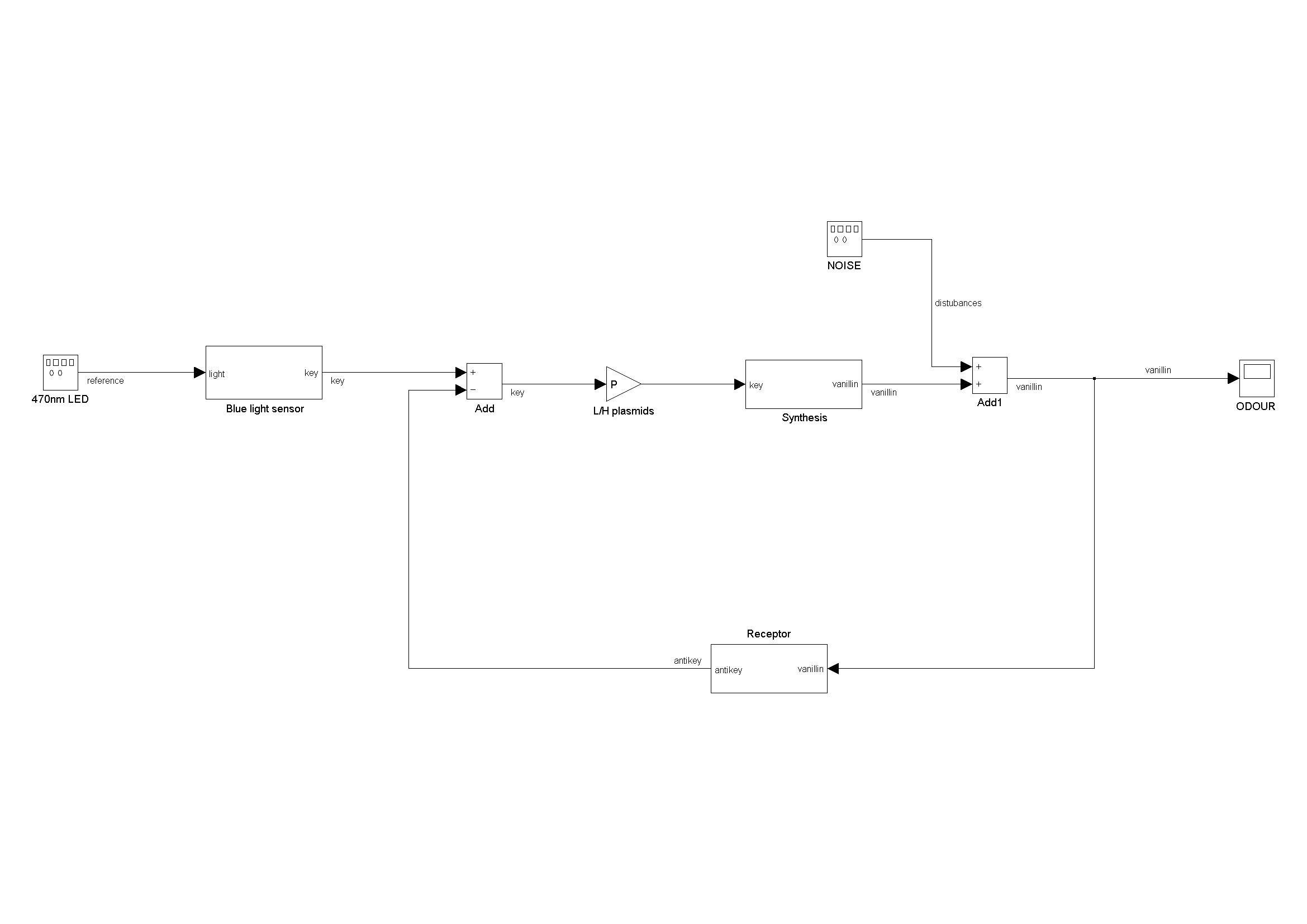Team:KULeuven/Modeling/Integrated Model
From 2009.igem.org
Tuning the controller
Here we consider the problem of choosing the amount of proportional action in the feedback loop, in following sections terminology and concepts used in linear control theory are used. It's of course obvious will not behave in a linearly way. But the concepts and design strategies of linear control theory can be translated to non-linear control theory.
One of the most useful ways of investigating the behaviour of closed loop system is the investigation of the open loop system. The open loop system is the system which one becomes if you 'remove' the differentiator.
Stability
One can show that the proportional gain can not be infinitely large due to stability problems, since we lose phase margin if we increase the proportional gain. Oscillations will become dominant until breakdown of the controller.
Tracking problem
We are mostly interested in the ability of the controlled system to follow a step input signal, for a linear system the steady state tracking error is:
with T the total open loop gain. As we wish to eliminate the transfer of disturbances to the output of our system, we have to maximize the loop gain of the system. We have simulated this behaviour in the non linear model of our bacteria.
 "
"









